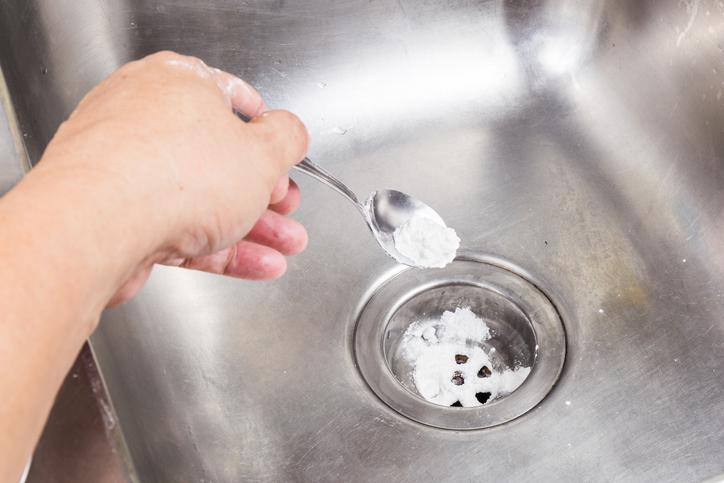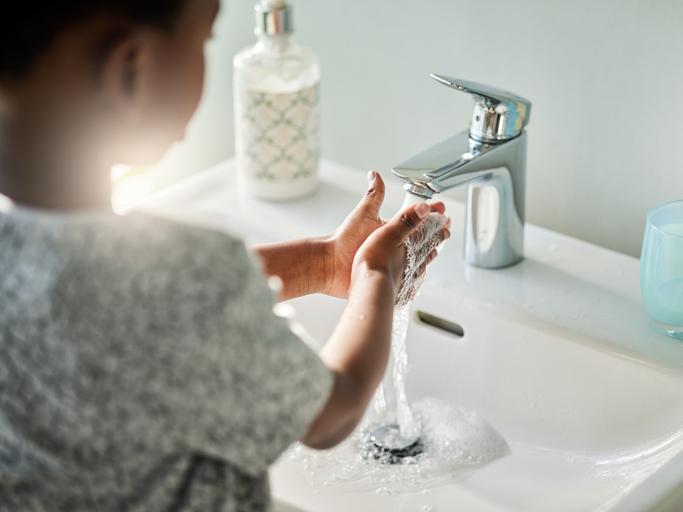
The Top Causes of Clogged Drains and Their Long-Term Solutions
Read Post
November 19, 2025
Drains

Read Post
November 19, 2025
Drains

Read Post
October 2, 2025
Drains

Read Post
September 30, 2025
Drains

Read Post
July 31, 2025
Drains

Read Post
April 9, 2025
Drains

Read Post
December 2, 2024
Drains
Sinks

Read Post
May 3, 2024
Drains

Read Post
February 12, 2024
Drains

Read Post
February 12, 2024
Drains

Read Post
January 30, 2024
Drains

Read Post
January 30, 2024
Drains

Read Post
January 30, 2024
Drains

Read Post
January 30, 2024
Drains

Read Post
January 30, 2024
Drains

Read Post
January 30, 2024
Drains

Read Post
January 30, 2024
Drains

Read Post
January 30, 2024
Drains

Read Post
January 17, 2024
Drains

Read Post
January 17, 2024
Drains

Read Post
January 17, 2024
Drains